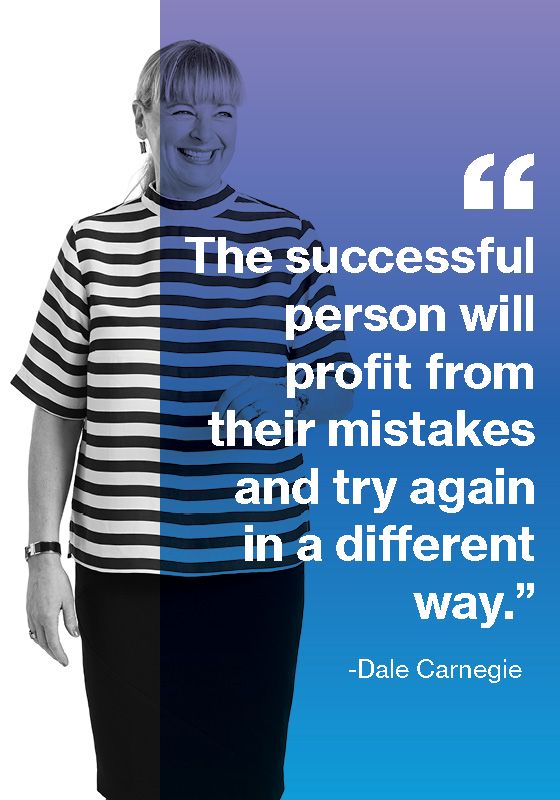How To Admit A Mistake At Work

9 Ways to Handle Mistakes at Work
- Research – Do your homework, make sure you have all the facts before you meet the person. Reserve judgement, you are not building a case as much as gathering information - seek to understand.
- Begin with Rapport – Rapport is a reservoir of goodwill and mutual trust built over a period of time. When you meet with a person who has made a mistake, begin with honest appreciation, choose a behavior that you’ve observed rather than just giving a empty complement. Beginning in this way, especially with a newer employee, can help to build trust, reduce anxiety, and focus the conversation on repair rather than accusation and defense.
- Reference the Issue – Focus on the problem, not the person. Depersonalize the issue by removing personal pronouns. The goal of this step is to continue to collect information from the other person’s perspective. Gather facts and information, accurately identify the problem and why it happened, look for the root cause. You’ll understand pretty quickly if the person accepts some level of responsibility or if they resist.
- Restore Performance – Recovery is focused on fixing the problem and reducing the likelihood that the issue reoccurs. If the person has accepted responsibility, then the employee can take a role in the problem solving and be part of the solution. If the employee doesn’t accept a role in the issue, it is important to reaffirm performance expectations and clear acceptance of their future responsibilities. In these cases, it’s best to talk face to face, and then to email a recap of the conversation to have it in writing.
- Reassure – Focus on the person. No one wants to make a mistake, especially someone who take their job seriously as a professional. It’s the leaders job to create confident, empowered and enthusiastic employees. That means providing reassurance after a mistake is made. A leaders response and recovery is almost as important as the employees because employees, teams and even the organization is looking at how the recovery is handled. The employee should understand that their manager is interested in and committed to their success and growth.
- Retrain – There is a famous phrase that “people don’t leave organizations they leave managers”. If a leader does a good job of handling mistakes, it’s likely they will build trust, commitment and morale – driving employee engagement.
- Restate – Sometime there is push back or refusal to acknowledge the mistake. In those cases, it is important to restate the facts, the policy, and the expectation. By restating, it gives the individual another opportunity to gain a better understanding and opportunity to fix the situation.
- Reprimand – When someone refuses to accept responsibility, you may have to formally remind them in some way prior to further action. Use and email to recap, review and clearly document. Your organization likely has policies and procedures if there is a serious performance issue. Having the documentation prepared will be helpful if executives or HR become involved.
- Replace – Sometimes an employee is just not a good fit for a task, project, or department. Exploring an employee’s strengths, interests, or goals in search of a better fit might be a productive use of time. No one wants to be in a position where they feel they are set up to fail. Sometimes successful roles can be found within the organization, sometimes it is in the best interest for all involved to just move on. The worst thing that can happen is when a situation is allowed to perpetuate for too long. Resentment on both sides can build and create negative outcomes that can ripple through a time and hurt team engagement and morale.
Access all 30 Dale Carnegie principles in a convenient PDF guide, Dale Carnegie’s Secrets of Success.

How I felt when my manager praised my work - Chris Caughell
How I felt when my manager praised my work - Chris Caughell
How I felt when my manager praised my work - Chris Caughell
How I felt when my manager praised my work - Chris Caughell
How I felt when my manager praised my work - Chris Caughell
